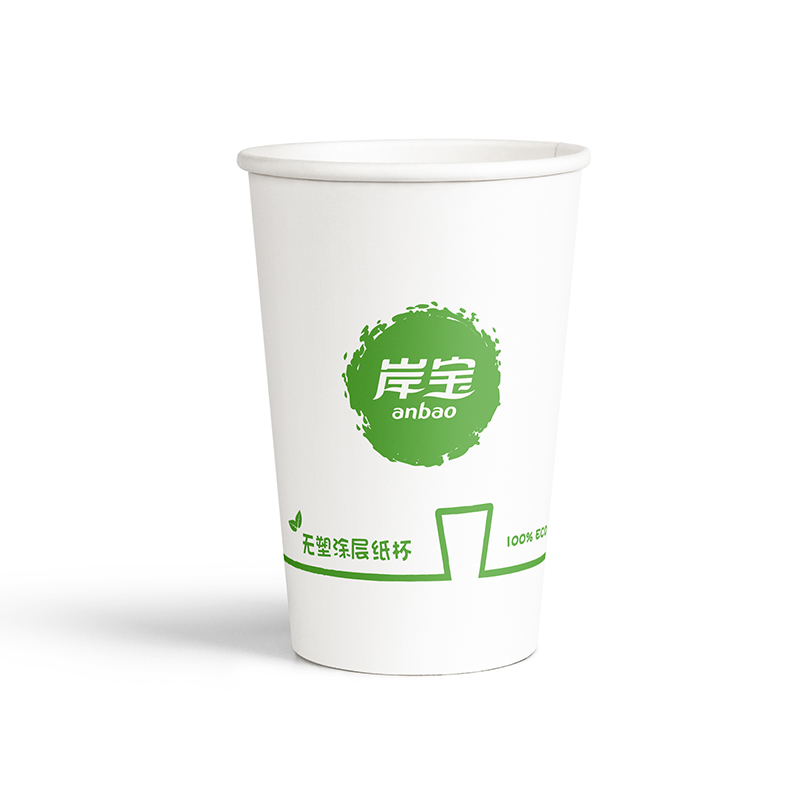
Disposable drinking cups, commonly made from paper, plastic, or foam, are widely used and known for their convenience and practicality. These cups have become an integral part of our daily lives, being used in various settings including homes, offices, restaurants, cafes, and even at outdoor events. In this essay, we will explore the history, types, advantages, and environmental impact of disposable drinking cups while also discussing alternative options and potential solutions.
The history of disposable drinking cups can be traced back to the early 20th century when paper cups were first introduced. The Dixie Cup Company, formed in 1919, was pivotal in popularizing the use of paper cups for drinking purposes. These cups were initially used in public settings such as schools and hospitals, where hygiene and convenience were prioritized. Over time, the demand for disposable cups increased, leading to the introduction of plastic and foam cups as alternatives to paper cups.
Disposable drinking cups come in various types and sizes to accommodate different preferences and needs. Paper cups, often lined with wax or plastic to prevent leakage, are among the most commonly used. They are lightweight, easy to hold, and biodegradable, making them a popular choice for eco-conscious individuals. Plastic cups, on the other hand, are more durable and can withstand hot liquids. However, their non-biodegradable nature poses serious challenges to the environment. Foam cups, known for their excellent insulating properties, are often used for serving hot beverages in takeaway settings.
One of the main advantages of disposable drinking cups is their convenience. Unlike traditional reusable cups, disposable cups eliminate the need for washing and maintenance. They are also a cost-effective option for businesses and event organizers, as they save time and resources that would otherwise be spent on dishwashing and storage. Moreover, disposable cups provide a hygienic solution, especially in environments where sharing cups poses health risks.
Despite their convenience, disposable drinking cups have significant environmental implications. The production and disposal of these cups contribute to plastic and paper waste, as they are often single-use items. According to a report by the World Wildlife Fund (WWF), approximately 8 million metric tons of plastic waste enter the oceans each year, with disposable cups and other single-use plastics playing a substantial role. Furthermore, the decomposition of plastic cups takes centuries, leading to increased pollution and harm to wildlife.
To address the environmental impact of disposable drinking cups, alternative options and solutions have been proposed. One option is the use of compostable cups made from materials such as bioplastics or bio-based fibers. These cups degrade faster than traditional plastic cups, making them a more sustainable choice. Another solution is encouraging the use of reusable cups made from materials such as stainless steel or glass. While these cups require maintenance, they significantly reduce waste generation and are often more durable than disposable cups.
In conclusion, disposable drinking cups have become a common sight in our daily lives due to their convenience and practicality. However, their widespread use has resulted in significant environmental challenges. To mitigate these issues, it is crucial to explore and adopt alternative options such as compostable and reusable cups. Additionally, raising awareness about the environmental impact of disposable cups can encourage individuals and businesses to make more sustainable choices. By working together, we can achieve a healthier and more sustainable future.


